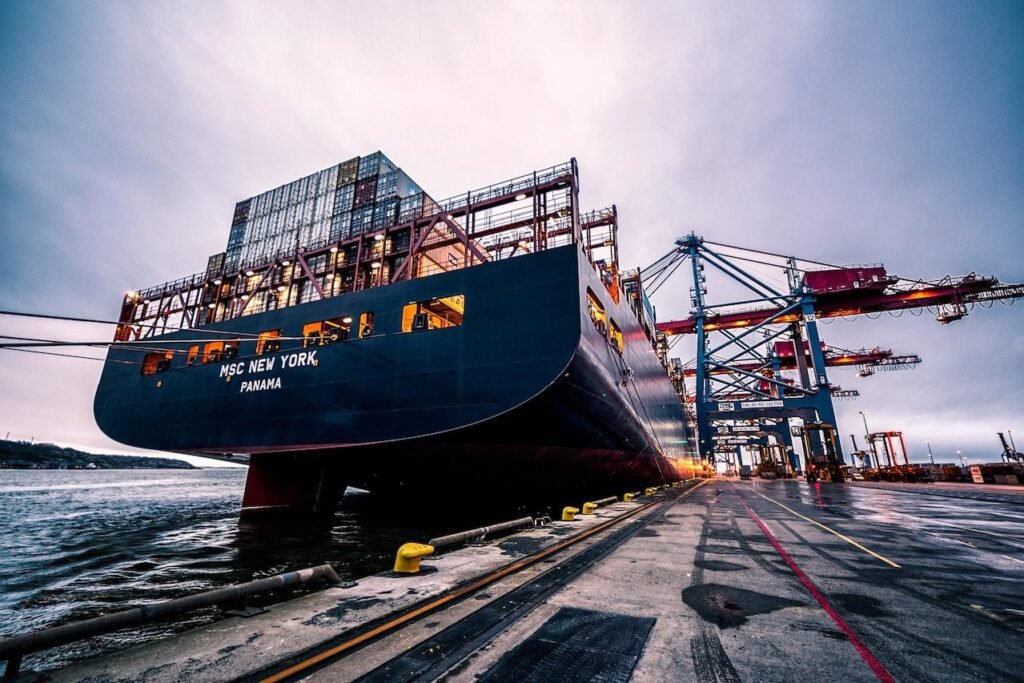4 Essentials for Shipping Products Internationally

Does your company have everything that it needs for international shipments? It should have these four essentials. Find out why.
1. A Shipping Container Provider
You won’t be able to ship many products internationally without shipping containers. If you’re not sure where you can access these vessels, go to a website like Boxhub for help. The website will help you find shipping containers that are available nearest to you. Once you’ve selected the containers you’d like, you can arrange to have them delivered and offloaded at your preferred location.
What options do you have? You can choose between 20-foot and 40-foot shipping containers in standard heights and high-cube heights (a foot taller than the standard heights). You also have a choice between one-trip (new) and cargo-worthy (used) grades. If you have trouble deciding on the type of container to pick, talk to a specialist and they will guide you toward the best choices for your shipping purposes.
2. Cargo Insurance
Losing a shipment would be financially disastrous. You don’t want to think about the consequences of a shipment arriving damaged—or worse, a shipment getting lost at sea. Unfortunately, accidents can happen. Shipping containers can fall off ships and cargo can get ruined.
To make sure you can financially recover from this issue, your company should sign up for cargo insurance. Signing up for a policy can give you an extra sense of security whenever your cargo leaves the warehouse.
3. Desiccants
Shipping containers are wind and water-tight, which means they will protect your precious cargo from being disrupted by the weather outside. The rain, snow and sea spray won’t make their way inside. But your cargo is still not completely safe from moisture.
How? Shipping container walls are not insulated. When warm air hits the cold container walls, condensation can appear. Too much condensation will raise the moisture levels inside the container and could potentially damage the cargo. For example, it could cause mold to grow on products. This could be a very expensive issue.
One way to prevent moisture damage during transportation is to add desiccants to the container before shipment. Desiccants will pull the moisture from the air and absorb it, keeping it away from your cargo. There are desiccant pouches that you can place in packaging. There are also desiccant poles and bags that you can hang up on container walls.
4. Wooden Pallets
Wooden pallets are an essential tool for every stage of the shipping process. In the beginning, you can store your products on top of pallets in the warehouse. When those products are ready to be shipped, a forklift can easily grab the products by lifting the pallet off the warehouse racking. Those products can be secured to the pallet with plastic film. Then, the pallet can get loaded onto a shipping container, which can then be transported via trucks, trains, and ships.
Wooden pallets will keep the products stable and secure during the long journey to their final destination. The products won’t fall or succumb to damage whenever the container shifts. They will be safe.
The wooden pallets can also create some space between the product packaging and the bottom of the container. The floor could get cold or produce condensation, which could potentially reach the products if the packaging was directly in contact with the floor. The distance between the packaging and the bottom of the container is very important.
These essentials will make shipping your products easier, safer, and savvier. Make sure that you use all of them for your next round of shipments!
Research Snipers is currently covering all technology news including Google, Apple, Android, Xiaomi, Huawei, Samsung News, and More. Research Snipers has decade of experience in breaking technology news, covering latest trends in tech news, and recent developments.









